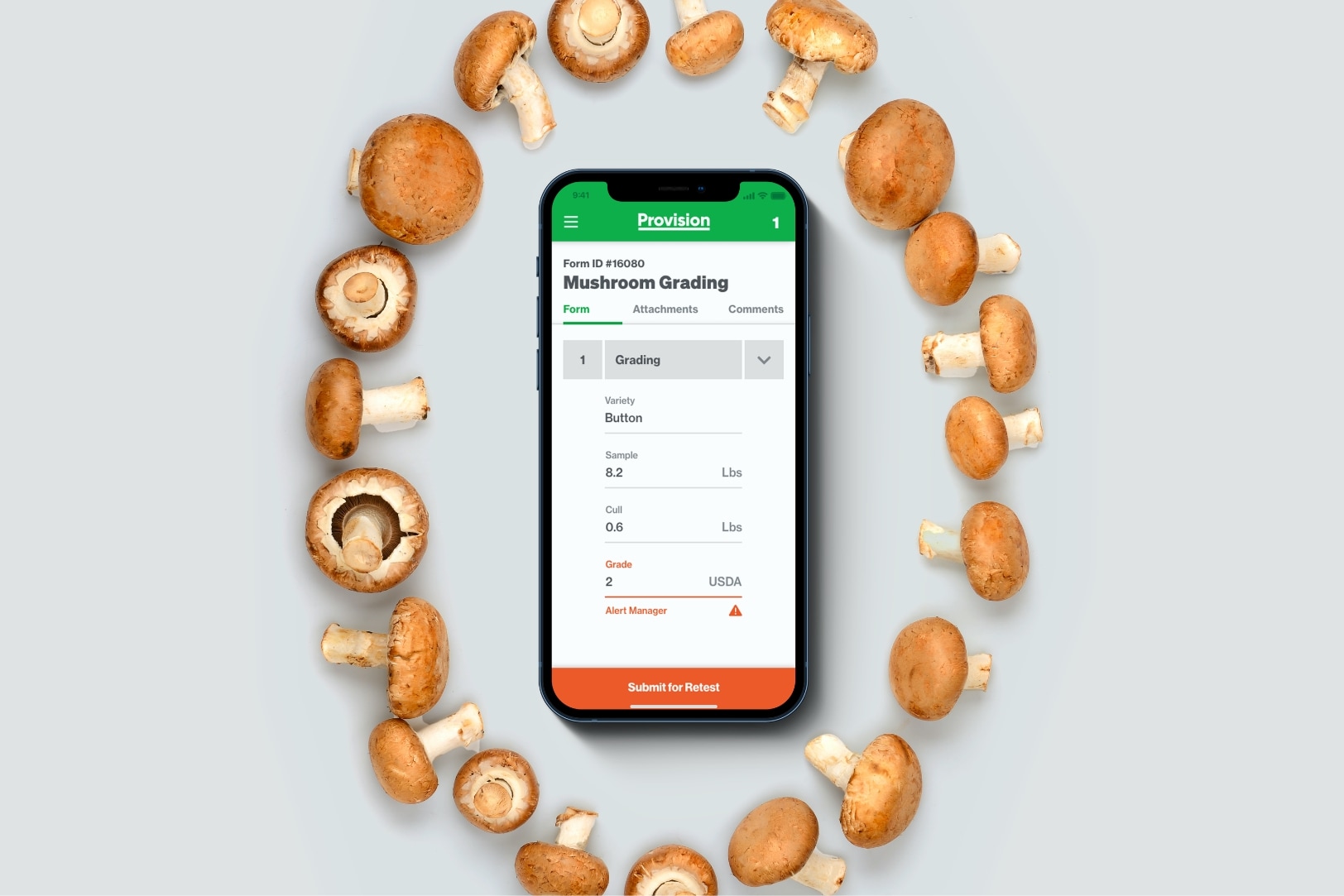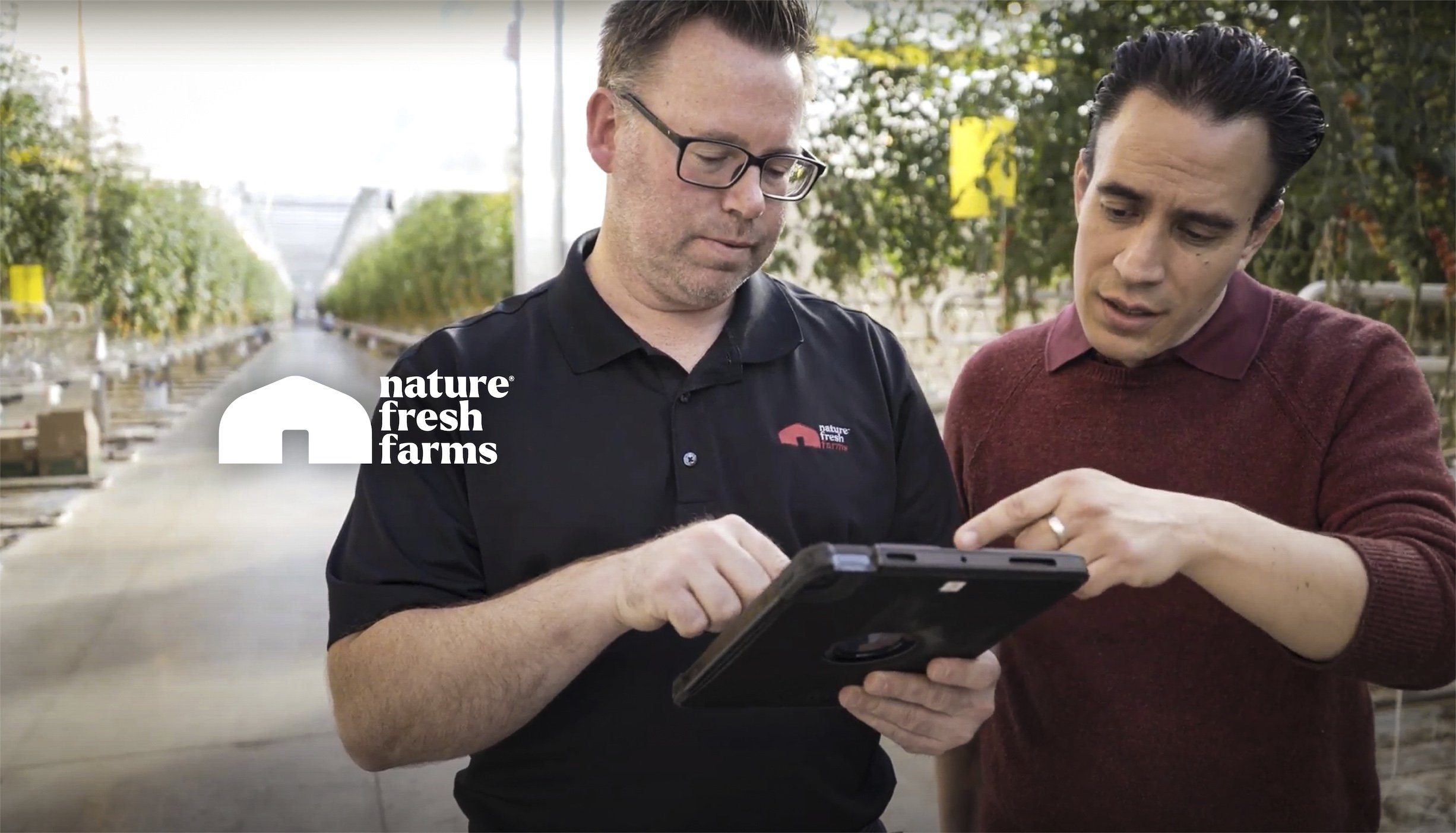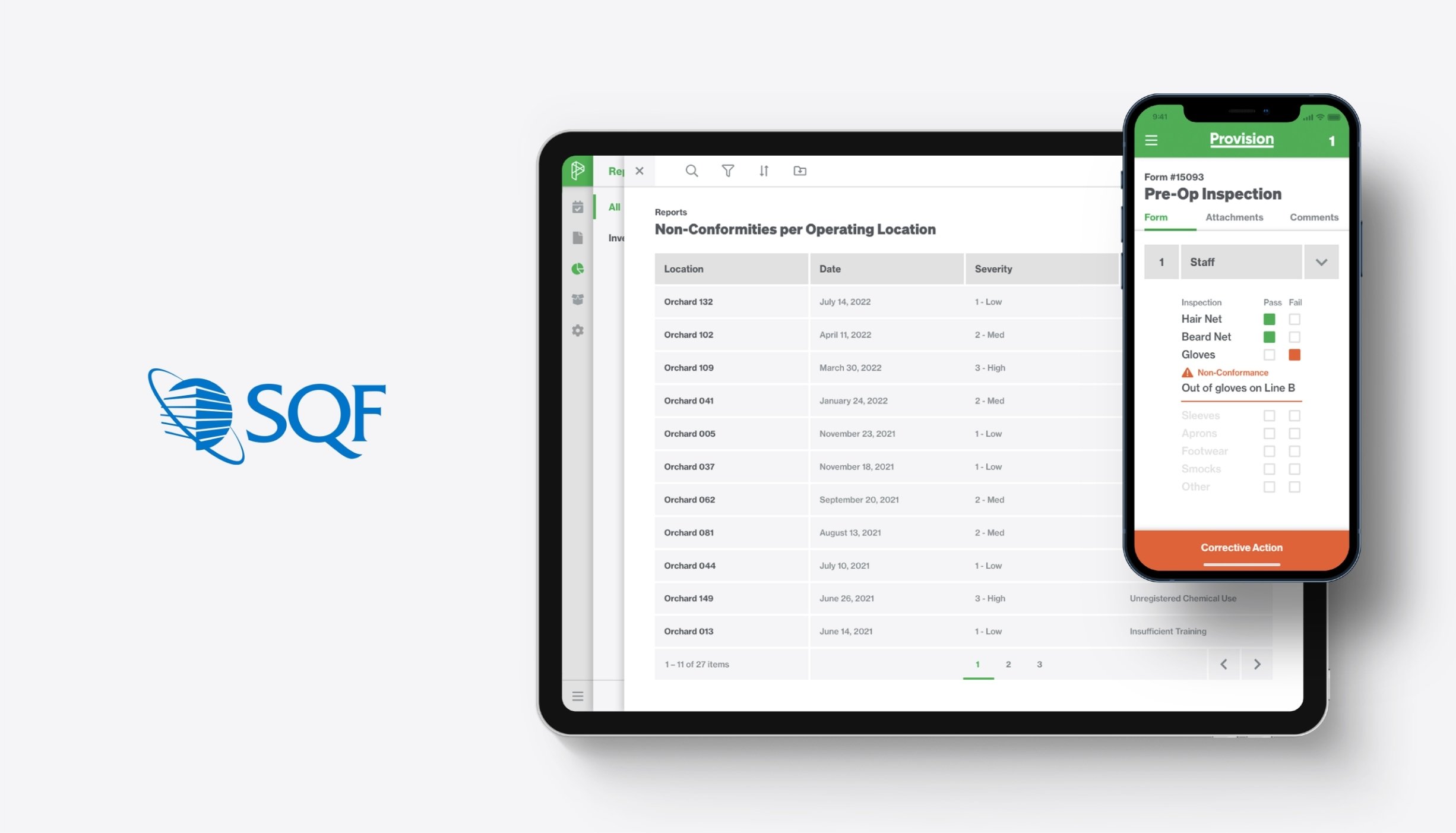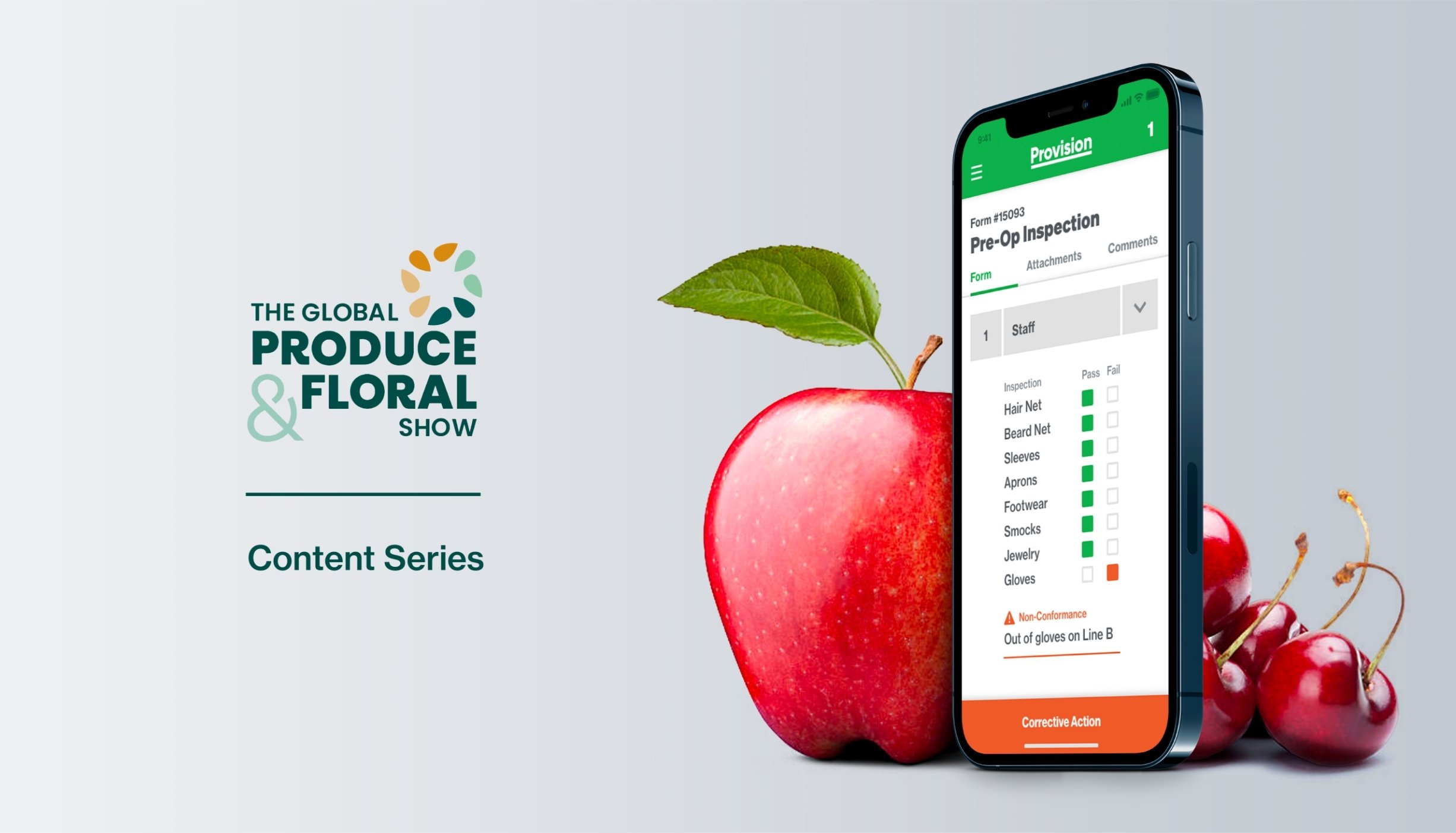Changes Are Coming: Timely Updates in Mushroom Quality Grading
What We’ll Cover
The Prevailing Standards
When the USDA standards for mushroom grading were originally established back in 1966, mushrooms were only sold locally. Today, however, mushrooms could possibly be in transport upwards of two to three days – potentially longer – which could impact the coloration and ripeness of the crop. While in some cases this may benefit taste and nutrition, consumers’ expectations regarding the appearance of what they’re buying may differ from what is presented.
With this in mind, there are a number of changes and additions that have been proposed by the American Mushroom Institute in cooperation with major retailers and customers.
The Proposed Updates
Mushrooms are graded based upon six categories of appearance on varying numerical scales — all of which have changes looming.
Mature
The mushroom is firm and well-developed; the veil area may be stretched but not broken.
What’s New?
The proposed change includes language to allow for feathering that does not detract from the mushroom’s appearance, and clearly defines feathering.
Open Veils
The cap has expanded to the point where the protective coverings (“veils”) joining the margin have broken and exposed the gills and underside of the cap
What’s New?
The proposed change clarifies the degree of openness between the cap and stem. Previously, anything from a small crack to fully open veil could be rejected.
Spots
Spots include any pitted or discolored areas.
What’s New?
The proposed change clarifies the pitting or discoloration in question as being different from decay, and also sets a threshold for area covered by spots and decay.
Damage
Damage may include any specific defect such as discoloration of the cap or stem, compression damage, or embedded dirt in the cap or stem.
What’s New?
The proposed change expands upon the definitions of each category of damage, and more thoroughly outlines exceptions and thresholds for rejection – for example, bruises and stem punctures from packing not exceeding ½” in size are to be allowed.
Well-Shaped
This category ensures the mushroom cap is not flattened, scalloped, indented, or deformed to a degree that detracts from appearance or marketing quality.
What’s New?
The proposed change allows for more diversity of general shape, with the rationale that caps that are nonconforming to the standard of a “closed circle” are not necessarily lower quality.
Well-Trimmed
This category ensures the stems are smoothly cut, free of rough fleshy butts, with the flare of the butt removed. The stem must not exceed the cap depth.
What’s New?
The proposed change allows for stems to be cut at any horizontal or diagonal angle that removes enough of the rough, fleshy butt that the flared portion is removed.

New Efficiencies
Grading mushrooms has long been a painstaking process. When the experienced, sharp eyes of trained staff spot anomalies, they’re slowed down by tedious paperwork and manual calculations.
Smart operations are converting to proven tools that eliminate distractions. Using Provision, digital documentation is done in an average 53% less time. In the mushroom grading process, this ensures measurements, calculations, and grading are vastly more efficient.
Embedded SOP images ensure that grading standards are understood
Digital templates automate all calculations and grading
Smart rules alert managers to rejected product
Dashboards illustrate trends in grading and root cause
Forging Ahead
As the mushroom industry faces the future, it’s more crucial than ever to keep pace with supporting solutions. Compliance standards continue to advance every year, and the tools used by operators should, too. A broad update in grading offers a window of opportunity to digitize related documentation and reduce tedious time spent on paperwork. This will enable management focus on safety and quality, achieving faster detection and clearer trend insight to improve processes at every level.
Get a Demo
See how your facility can turn tedious paperwork into powerful insight.
Get a live personalized tour of Provision’s food safety software.






